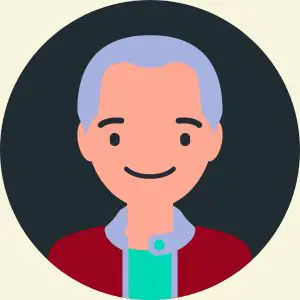When will I be able to eat and drink normally again? What caused my swallowing problem? Why is my loved-one having difficulty communicating? Will my speech improve? These are some of the concerns my patients and their families face.
I’ve been a Medical Speech-Language Pathologist (SLP) for 29 years. When I tell people what I do, they typically assume that I work with children. Once I tell them that I have spent my entire 29-year career working with adults, they usually have many questions.
It is my job, as a medical SLP to evaluate, diagnose and treat people with speech-language/cognitive and swallowing disorders.
What Does a Medical Speech-Language Pathologist (SLP) do?
Medical SLP’s see people with a wide range of medical diagnoses, including, but not limited to: stroke (CVA,) Parkinson’s disease, chronic obstructive pulmonary disease (COPD,) multiple sclerosis, Amyotrophic lateral sclerosis (ALS,)dementia, mouth/throat cancer and traumatic brain injury.
SLP’s are found in a variety of settings such as acute care hospitals, long-term care facilities (nursing homes,) outpatient rehabilitation and private practice. More recently, telepractice (telehealth, online) has become more prevalent due to COVID-19 safety concerns.
What Disorders can Medical SLPs Help With?
Dysphagia
A swallowing disorder is called dysphagia. Weakness of the lips, tongue or muscles in the throat and/or incoordination or impaired timing can impact swallow safety and efficiency.
A wide range of diagnoses can cause dysphagia. An SLP will evaluate functional swallowing abilities, select appropriate maneuvers, strategies, exercises that improve function and make diet consistency recommendations.
Aphasia
A language impairment most often seen following stroke (CVA or cerebral vascular accident) is aphasia. All forms of language can be affected: verbal expression, auditory comprehension (understanding of language,) writing and reading comprehension. There can be other causes of aphasia as well.
Motor Speech Disorder
Sometimes, stroke, TBI or other degenerative neurological diseases can cause a motor speech disorder. Apraxia is difficulty starting and producing voluntary speech movement patterns when there is no weakness/paralysis of the speech muscles. Dysarthria is weakness of the muscles of the mouth, face, and respiratory system that may result in imprecise articulation, soft voice, rapid or slow speech and/or reduced intonation.
Cognitive-Linguistic Impairment
Cognitive-linguistic impairment refers to problems with memory, attention, orientation (to time, place and person,) problem solving and abstract reasoning. We use these functions to successfully recall new information, plan events, multi-task and much more.
Voice Disorders
Symptoms of voice disorders can include hoarseness, breathiness, harshness and reduced loudness. There are various causes. An SLP will likely recommend a referral to an otolaryngologist (ear, nose and throat) physician prior to starting voice therapy. SLPs also help people with voicing and swallowing following tracheostomy placement (a tube placed in the neck, directly into the trachea to help with breathing.) In addition, SLPs provide therapy for people who have a diagnosis of mouth or throat cancer after surgery.
Dysfluent Speech (Neurogenic Stuttering)
SLP’s also treat adults who begin to exhibit dysfluent speech (neurogenic stuttering) following an injury or disease that impacts the brain and spinal cord (such as stroke, head trauma, Parkinson’s disease, and others.) Someone with dysfluent speech may exhibit unexpected pausing or hesitation, repetitions and/or prolongations of sounds, syllables and words.
Augmentative and Alternative Communication
If verbal communication is not possible, speech-language therapy may address augmentative and alternative communication (AAC) which refers to use of gestures, facial expression, picture or word communication books, and/or an electronic device that generates speech.
In general, therapy targets areas of impairment, teaches strategies and exercises to improve communication and or swallowing function. The goals of the client are a priority.
To find an SLP clinician in your area: check the American Speech-Language-Hearing Association’s ProFind (ASHA)
To find a Speech-Language Pathologist to provide treatment for individuals with speech disorders related to Parkinson’s Disease and other neurological disorders using Lee Silverman Voice Treatment (LSVT®) modalities look here.



